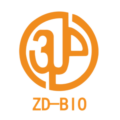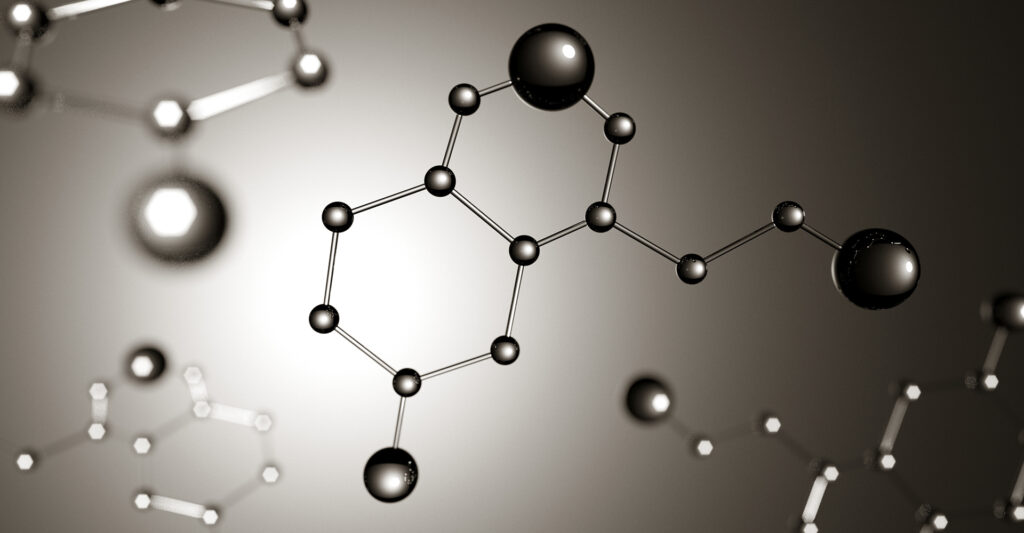Currently in the textile printing market, in order to meet the needs of different consumers, the production method has rapidly changed from the previous mass production of few varieties of products to batch production of small quantities of products. Production in a similar (traditional) mode to the previous one is too inefficient as small batch production requires different designs and fast delivery, which is difficult to achieve with traditional printing methods.
Now commercially available inks for inkjet printing are divided into dye inks and pigment inks, where in dye inks are further divided into acid inks, reactive inks, dispersed inks, and the like. Although there are some samples of pigment inks on the market, dye inks are usually used due to the low color saturation and color rendering properties of pigment inks.
The general dispersion process is as follows: To prepare the ink, the dye and dispersant such as lignosulfonic acid and naphthalene polymer are firstly mixed uniformly in an aqueous system, and then dispersed with a bead mill or a press mill. Then, the colloid prepared by micronization is appropriately mixed. The average particle size of the colloid thus obtained was about 150 nm.
However, it is difficult to obtain consistent results every time the operation is performed by this dispersion process. If keeping the average particle size below a certain level and setting the individual properties accurately is not done correctly, particles with a larger average particle size will fill the nozzles of the inkjet head, resulting in poor product quality, making it impossible to Continuous printing is performed. Conversely, if the dispersion is excessive, particles with smaller particle diameters will increase excessively, resulting in changes in ink properties, which can lead to changes in the discharge stability of the inkjet head. In addition, in order to maintain ultrafine particles, a large amount of mechanical and electrical energy needs to be input.
Ethyl Lactate can be a green solvent for printing fibrous materials has as a basic component (first solvent) which selectively has one of the following properties:
1) A solubility for reactive disperse dyes greater than 1% and An organic solvent with a viscosity of 0.1 cP (centipoise) to 30 cP;
2) A semi-protic polar organic solvent;
3) An organic solvent capable of dissolving a small amount of fibrous fabric or having a swelling effect.
The above-pretreated fiber material is printed with the ink of the present invention and then treated with conventionally known post-printing treatments, i.e., steam, dry heat, high temperature steam, etc., to fix the dye on the fiber. on the material. The process is performed according to known methods in the relevant technical field. Depending on the type of fiber material, the obtained product is subjected to reduction cleaning and alkali cleaning, washing with neutral detergent, and finally washing with clean water.


